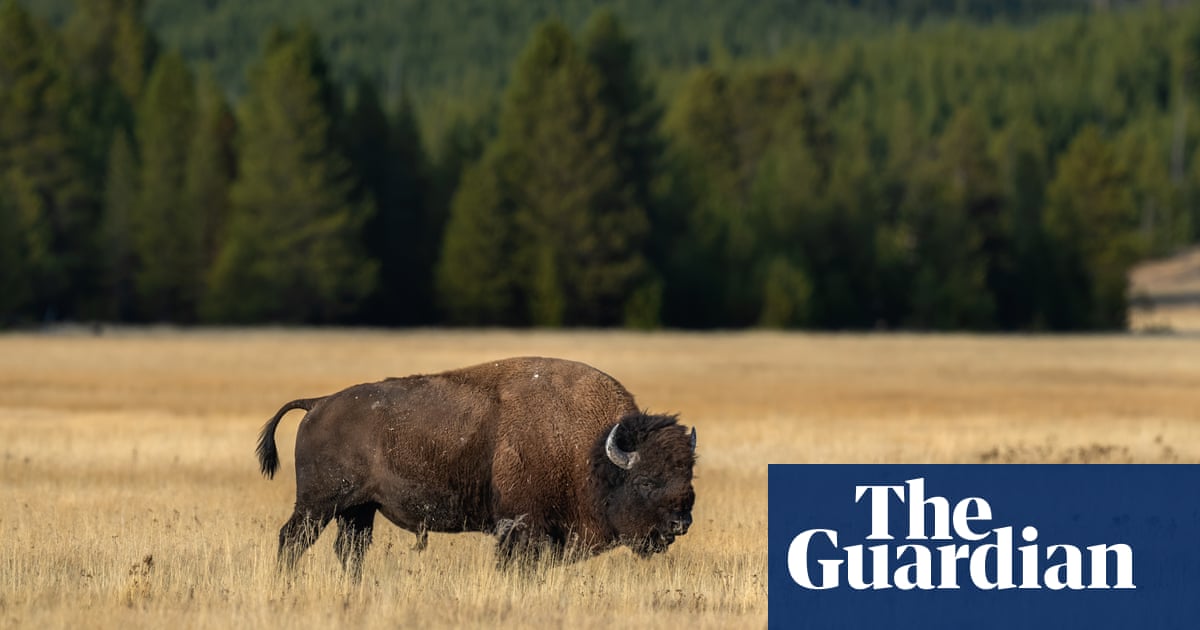A bison gored a man at Yellowstone national park on Tuesday, park officials said, in the latest instance of an injury caused to a tourist who got too close to one of the large hoofed bovines.
An unnamed 30-year-old man from Randolph, New Jersey, sustained minor injuries after being gored by the bison in the Upper Geyser Basin region of Yellowstone, the famed national park that spreads across three western states. The National Park Servicesaidthe man was treated by emergency medical personnel and that the incident was now under investigation.
The bison confrontation is the second such clash in a month – on 7 May the National Park Service reported that a 47-year-old Florida man was injured after getting too close.
In recent years, there have been several such incidents after tourists disregarded warnings not to approach bison. One, now infamous, episode in 2023 involved a newborn bison having to be put down because a man picked it up and its herd would not take the animal back. A similar issue occurred in 2016, when a Canadian man and his son put a bison calf in their SUV.
Once widespread across the US west, bison were slaughtered in huge numbers by white settlers and today the largest publicly managed herd is found in the Yellowstone region, with about 4,800 bison.
Bison stand up to 6ft tall and can weigh 2,000 pounds and park officials said they “can be aggressive if people don’t respect their space”. Visitors to Yellowstone are required to stay more than 25 yards away from all large animals, such as bison, elk, moose and coyotes, and at least 100 yards away from bears, wolves and cougars.
“Bison will defend their space when threatened and have injured more people in Yellowstone than any other animal,”the park service warned on Tuesday.
“They are unpredictable and can run three times faster than humans. If wildlife approach you, move away to always maintain these safe viewing distances.”
